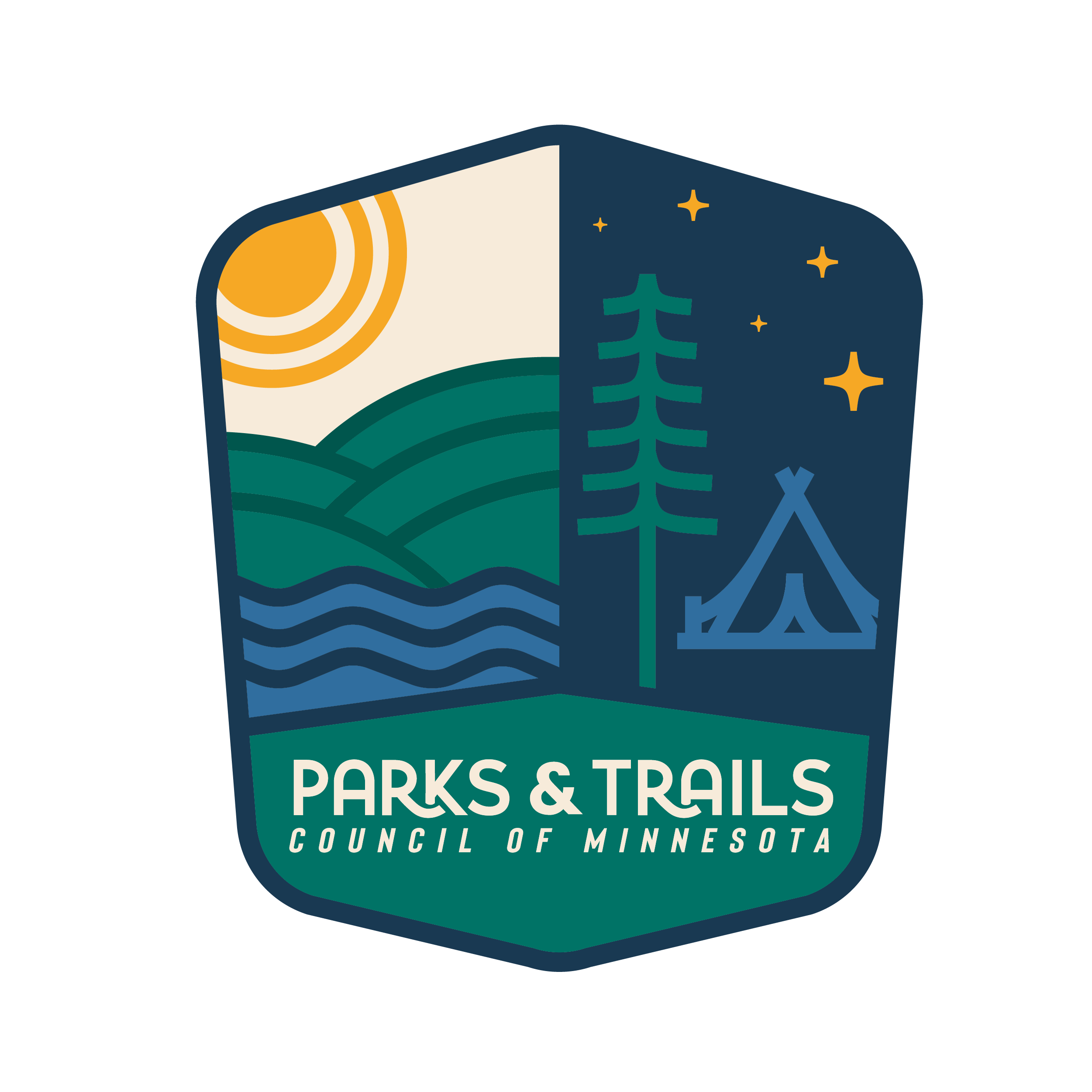Lawmakers need to approve urgent funding for DNR facilities
From MnDNR
By Tom Landwehr
Let’s imagine if you didn’t do routine maintenance on your house.
The furnace tune up you missed turns into a broken heating system. The damp spot in your basement becomes a moldy, unhealthy mess. The small leak in your roof becomes a larger leak, ruining your furniture and your belongings inside.
The Department of Natural Resources faces these maintenance issues daily – some small, some very large. All across the state, we have to do maintenance on buildings, forest roads and bridges, state trails, restrooms, boat accesses, and sewer systems. These are buildings and facilities used by thousands of Minnesotans, out-of-state visitors, and our staff – every day. Last year more than 10 million people visited a Minnesota state park.
Unfortunately, due to lack of funding, the DNR’s maintenance program is far behind in keeping up with this maintenance, which jeopardizes your outdoor experiences and those visitors who rely on Minnesota for a world-class experience.
Unfortunately, too, the Minnesota Legislature is woefully behind in funding the DNR’s maintenance needs and hasn’t heeded Gov. Mark Dayton’s pleas to fix what we have. As part of his 2018 Public Works bill, Dayton is asking the Legislature to invest $130 million in urgently needed improvements to the DNR’s buildings and other infrastructure. The House of Representatives this session has proposed $30 million for the DNR’s natural resources asset preservation; the Senate has not released its bonding proposal.
The DNR has been working – and talking publicly – about these issues for some time. You may have read about it in the media. The DNR has issued several plans for fixing its infrastructure, and according to a recently completed facility assessment, the agency has more than $35 million of building components that are in unacceptable or poor condition.
The DNR also has hundreds of millions of dollars of other investments needed over the next decade to prevent asset failures like the broken water line at Jay Cooke State Park near Duluth, one of the many urgent maintenance needs the agency faces.
Repair costs increase about 8 percent annually, so addressing these problems now saves the state money over the long term.
The 10-year capital needs report shows 192 of the agency’s inventory of 2,700 buildings are in crisis or unacceptable condition, and 520 are in poor condition. Some DNR forest road or trail bridges are weight restricted due to structural deterioration over time – meaning logging trucks and grooming vehicles can’t use them.
Other types of infrastructure needed to support DNR recreation programs also require repair. The DNR needs to make critical repairs to its fish hatcheries, including one near Lanesboro that supplies thousands of trout for anglers. Many water control structures – used at wildlife management areas to maintain water levels for waterfowl – are more than four decades old and need to be fixed.
More than 100 miles of state trails are in need of repairs; some are in such poor condition that bicyclists avoid crumbling and rutted sections entirely. The agency is hoping to secure bonding funds for resurfacing, culvert and bridge replacements, and accessibility improvements for the Sakatah, Root River, Gateway, Willard Munger, and Blufflands state trails.
As I’ve said before, some of these fixes are for basic services for people—access to clean drinking water and functional bathrooms—that are now not being met at DNR facilities. Most people would agree that it’s unacceptable to have substandard facilities in a state whose $13 billion tourism economy is based on high-quality outdoor recreation opportunities.
Time is running out in this legislative session. Please urge your lawmakers to take action on a bonding bill that supports outdoors recreation and jobs for Minnesotans.
Landwehr is commissioner of the Minnesota Department of Natural Resources.
About Lisa Filter
News Categories
Recent News
-
Painting the park office at... January 7, 2025
-
We have a new CRM December 11, 2024
-
Vote yes on Lottery proceeds October 29, 2024
-
Two Friends Groups receive ... August 28, 2024
-
Share your opinion on fundi... August 27, 2024
